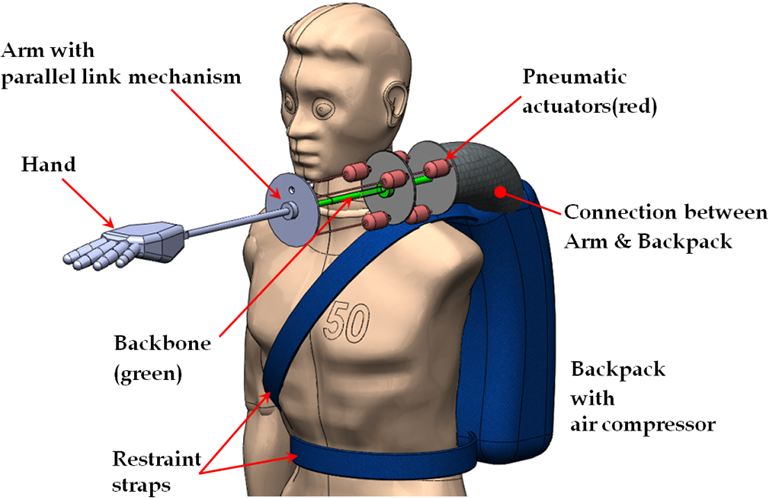Top Benefits of Motorized Wheelchairs for the Disabled or Elderly
Progressive disorders, as well as aging, can cause limited mobility and leave individuals severely disabled, to the point that they are unable to care for themselves and go about their daily routine independently.
Besides for the inconvenience of such cases, other negative aspects include becoming a burden on others and the psychological impact of being in such a position.
Motorized wheelchairs are one of the ways the medical supply industry has addressed the need to provide people with more independence and thus, a higher quality of life.
Three Benefits of Motorized Wheelchairs
Motorized or electric wheelchairs come with different seating options as well as leg rests that provide comfort, all to help rehabilitate the disabled. The following three benefits will provide you with a deeper understanding of the technology and features of such wheelchairs.
1 Dynamic Movement
A motorized wheelchair is designed with various seating options that allow the individual to use a remote to control their posture and change positions throughout the day. These position changes are specially designed to facilitate dynamic movement, which is imperative for the health of long-term wheelchair users.
Repositioning the chair can serve as a form of exercise for the wheelchair user, which can reduce the risk of developing pain and fatigue which can be affected by sitting in one position all day. In addition to regular discomfort, not changing positions for too long can also cause excess pressure to the muscles, which can lead to pressure sores.
Power seating options also give individuals who have cerebral palsy or muscular dystrophy the freedom to carry out their daily activities with fewer restrictions.
2 Improved Postural Alignment
Another great feature of motorized wheelchairs is the ability of the seat to be tilted in position, thus causing the user’s posture to better align with the center of gravity. These alignments are also helpful in preventing shoulder injuries that can be caused by configured wheelchairs.
The refined postural alignment of power wheelchairs also improves the user’s orientation, which leads to a better hearing, visual and speech qualities, as well as help individuals become more alert and aware of their surroundings.
3 Managing Orthostatic Hypotension and Edema
Finally, electric wheelchairs can help counteract orthostatic hypotension and pedal edema. This benefit is provided by a combination of the tilting seat option as well as the leg rest feature. By reclining the leg rests and tilting the seat about 30 degrees from its default position, it is possible to combat the altered hemodynamic states of the lower limbs of the individual.
Before using a motorized wheelchair, it is essential to consult a physiotherapist, an occupational therapist and most probably, a physician as well. Getting assistance from a healthcare representative is an important measure to ensure that you, or your loved one, get the most out of the chair and its many features.
When used correctly, electric wheelchairs not only help people carry out daily activities with greater ease, but can also help them manage and even improve their physiological and orthopedic wellbeing.













